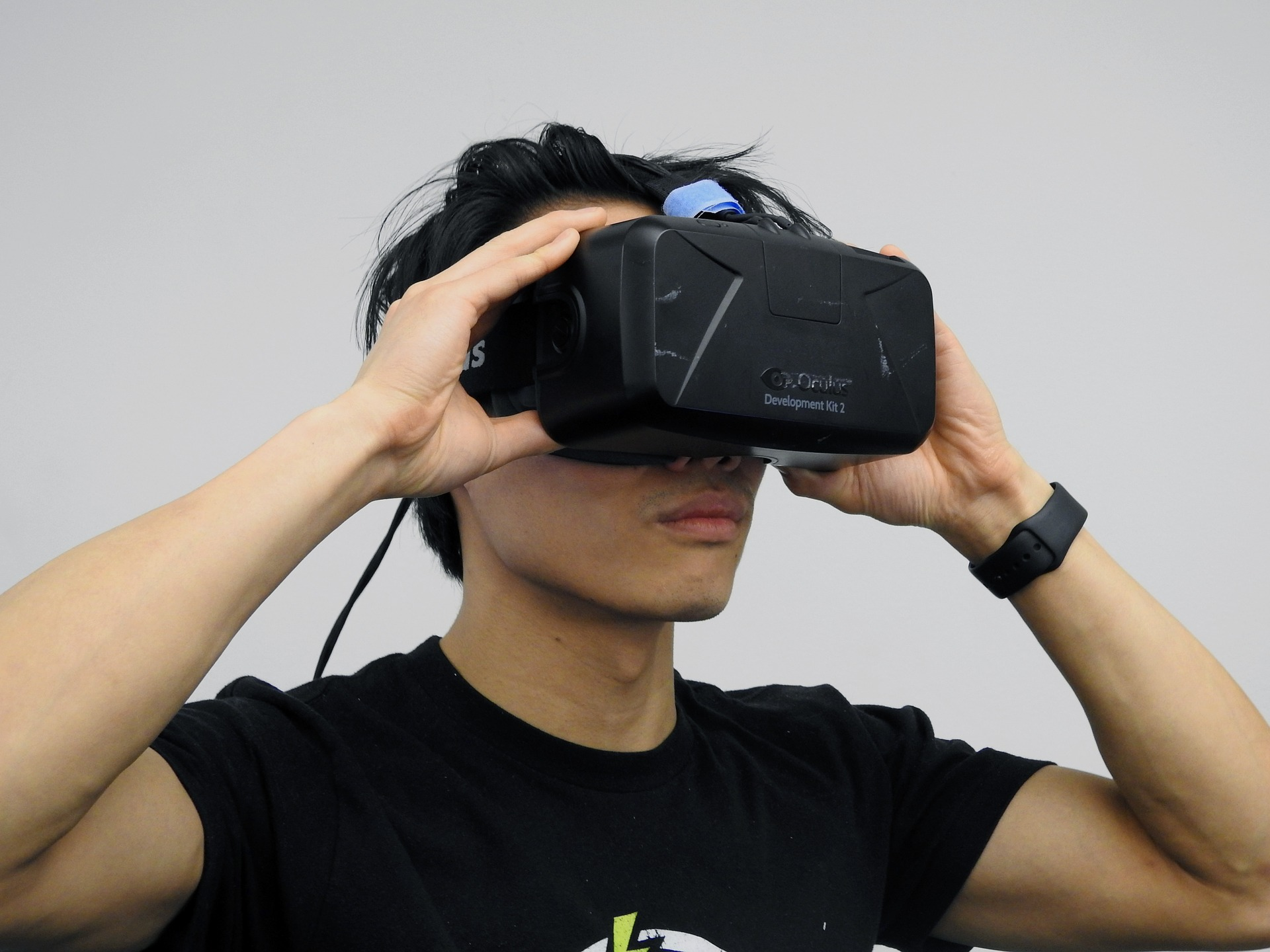
Many impossibilities of yesterday are possible today. Today’s impossibilities, centered around Augmented Reality (AR) and Virtual Reality (VR)
will soon become possible. You see, the impossibility isn’t whether
they work, rather it’s about taking them mainstream. So the real
question is, how good does it have to be before the mainstream embraces
it into their daily lives?
What is Augmented Reality?
Augmented
reality enhances our experience, making it more meaningful through our
ability to interact with computer-generated enhancements layered over
our reality. Simply put, computer generated graphics are used to augment
your environment. Picture your wall turning into a big
computer-generated screen or your coffee table turning into a monopoly
board. In this way, the technology uses your real-life environment as
its platform and builds on top of it.
AR
technology is quickly turning mainstream. Pokémon Go is an example of
AR being used in a very mainstream way, as are the filters in Snapchat.
It is also being used to display score overlays on telecasted sports
games and pop out photos, 3D emails, or text messages on smartphones.
The tech industry leaders are also using AR to do amazing things with
motion activated commands and holograms.
What is Virtual Reality?

In
virtual reality, technology is leveraged to build a virtual world user
can interact with. VR is usually made possible by wearing a VR helmet or
goggles a lot like the Oculus Rift. With VR you are no longer in your
world or environment, you are entirely teleported elsewhere. It immerses
the user primarily by stimulating their vision and hearing, by making
them believe they are living the simulated reality firsthand.
A
virtual reality headset typically uses one or two screens that have to
be held close to your face and viewed through lenses. It then employs
various sensors to track the user’s head and potentially their body as
they move through space. With this information, it renders the right
images to create an illusion that the user is navigating a completely
foreign environment.
How are Augmented Reality and Virtual Reality similar?
Augmented
and virtual realities both leverage a lot of the same types of
technology, and they both exist to serve the customer with an enhanced
experience. Both typically use head tracking to follow the user’s
movements. However, AR generally requires less processing power compared
to VR as it doesn’t need to render a completely new environment.
Additionally, both augmented and virtual realities have great potential
in changing the landscape of many practiced fields like medicine by
making things like remote surgeries a real possibility. These
technologies have already been used to treat and heal different
psychological conditions.
How do Augmented and Virtual Realities Differ?
Augmented
reality enhances our experience by layering on virtual components like
images and graphics as a new interactive layer over the real world. On
the other hand, virtual reality builds its own computer-generated
reality. And virtual reality is usually delivered to the user through a
handheld or head-mounted controller. This equipment connects the user to
the virtual reality, allowing them to control and navigate their
actions in an environment meant to simulate the real world. While
augmented reality is being used a lot more in mobile devices like our
laptops, tablets, and smartphones to influence how the real world and
digital world interact.
Augmented Reality Vs. Virtual Reality
Till
today, augmented reality has found more success in the consumer space
compared to virtual reality. There have been several applications with
AR, along with video game and hardware devices such as the Google Glass.
When it comes to VR, the technology is just stepping up to the plate.
It’s still far away from being this great thing for social encounters in
a virtual world, but it is getting there with the rise of the Oculus
Rift.
There’s
place for both AR and VR in the marketplace. However, AR will find
commercial success a lot more easily since it doesn’t completely take
people out of the real world. Also, it doesn’t have to be virtual
reality vs. augmented reality. They don’t always operate independently
of each other. In fact, they are often fused together to generate an
even more immersive experience. But for now, AR is powering the next
batch of magic tricks heading to your phone.
Conclusion:
Virtual reality and Augmented reality are inverse reflections of one in another, regarding what each technology wants to accomplish. Augmented reality overlays virtual elements in the real world, while virtual reality digitally recreates a real-life setting.
Both
Virtual Reality and Augmented Reality are going to become mainstream
soon. Things are already changing, and before we know it, we are going
to be living in a world more virtual, than real.


No comments:
Write comments